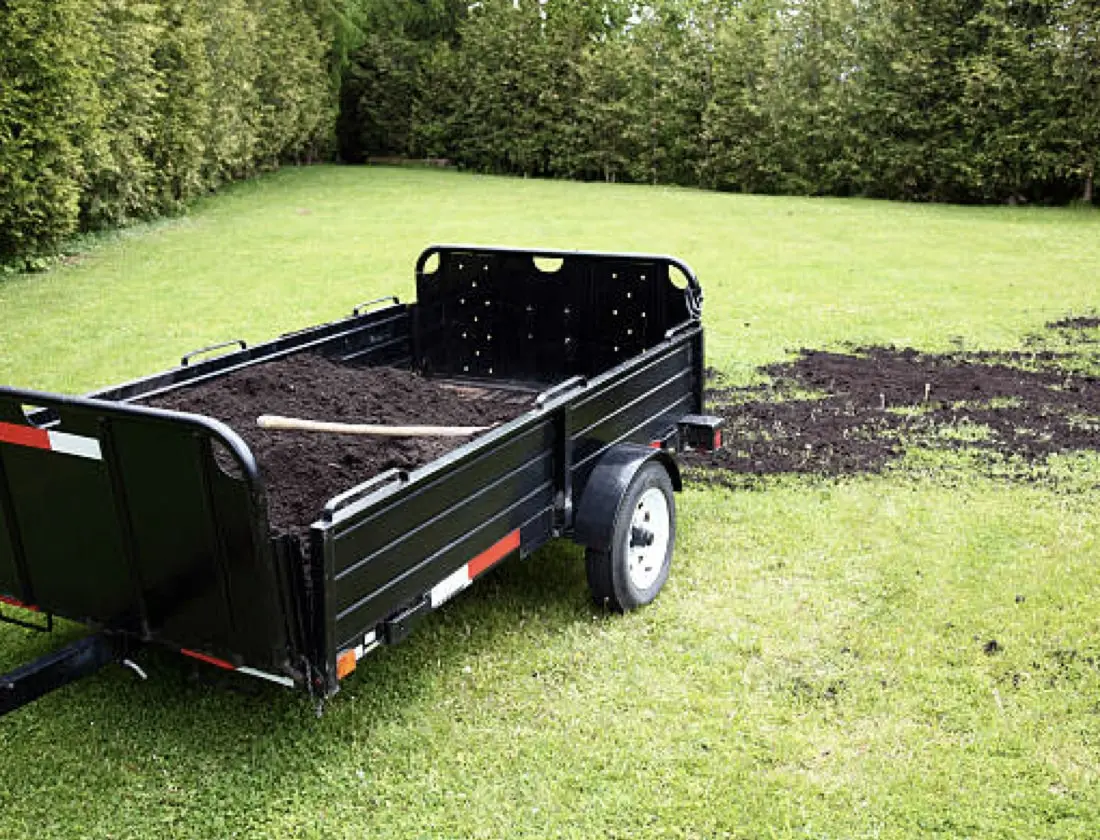Lawn Aeration
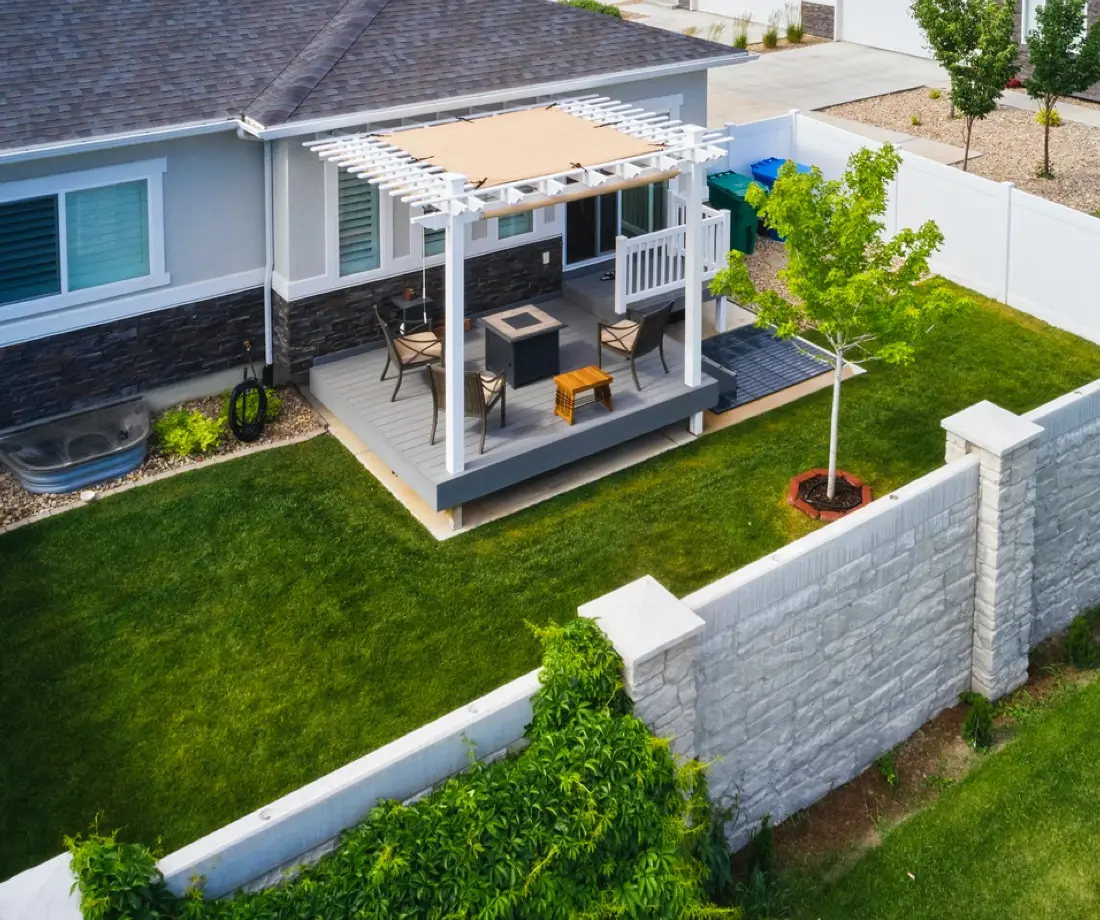
Struggling Lawn? It May Be Suffocating!
No, seriously. If your lawn isn’t looking its best despite your best efforts, it may be a sign that it’s not getting enough air. Your grass needs oxygen as well as other nutrients to survive and thrive, and if your soil is compacted, it’s not able to get enough of them. That’s why aeration is a must for any healthy lawn. Aeration helps to break up and relieve compaction, allowing oxygen, water, and other nutrients to penetrate into deeper parts of the soil so your grass can get the sustenance it needs to flourish. Elrod Landscaping can get your Georgia lawn breathing in the Cumming, Canton, Alpharetta and surrounding areas.
Get Your Soil Breathing Again
Not Just Blowing Smoke
4 Problems, 1 Solution
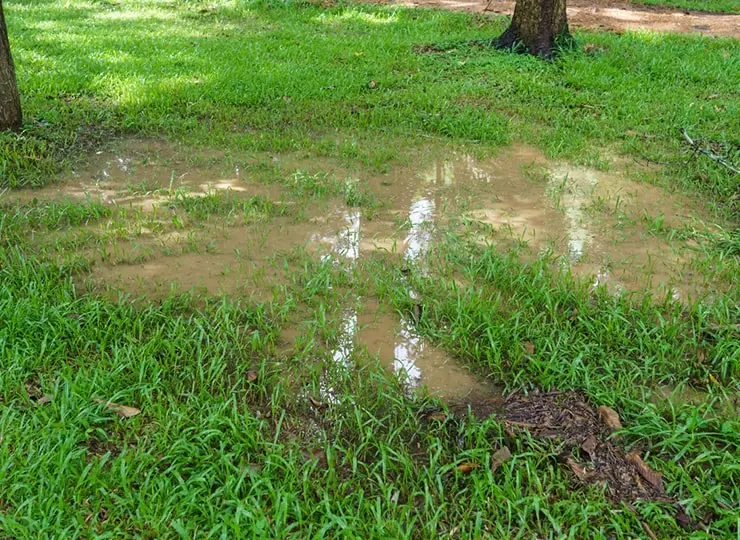
Water Runoff
Ponding and surface runoff are problematic for many homeowners. Nothing is worse than having parts of your lawn that remain soggy and wet days after it rains. Standing water is an open invitation for pests and diseases, so it’s best to address the issue head on as soon as possible. The aeration process can help by reducing compaction and surface tension, allowing for more even water distribution and absorption. When you aerate, water can drain properly, and your lawn will stay greener and have an overall healthier appearance. Your yard will also require less water and maintenance, saving you both time and money in the long run.
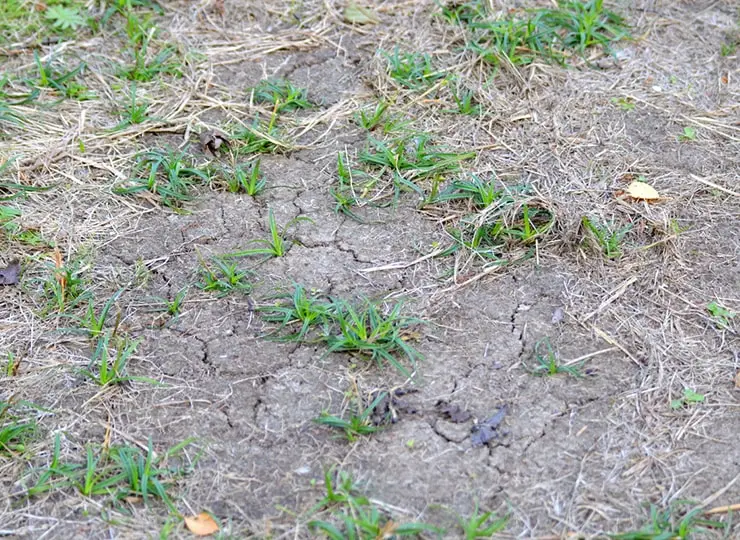
Soil Compaction
Compacted soil is an especially common problem, particularly in areas that experience heavy foot traffic. Soil compaction happens over time, and it can prevent your grass from getting the air and nutrients it needs to stay healthy. Essentially, when your soil is compacted, it becomes hard and dense, making necessary gas exchange and water absorption difficult. Aerating your lawn breaks up compacted soil and creates tiny oxygen-rich pores in the soil, allowing gas exchange and water absorption to happen more efficiently. When compaction is reduced, roots have room to grow deeper into the ground, resulting in healthier, sturdier grass.
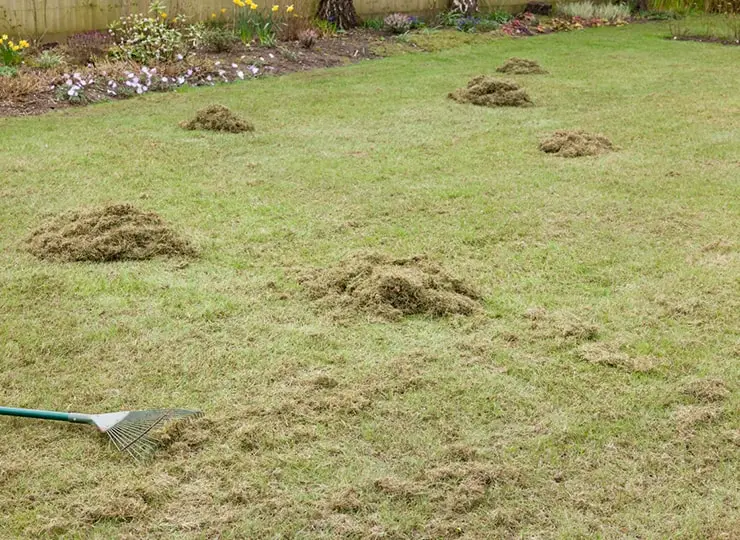
Thatch Buildup
Thatch is a layer of partially decomposed organic matter that builds up between your grass and its root system. While some thatch is important for insulation and protection from extreme temperatures, too much of it can reduce vital gas exchange and impede water absorption. That’s why regular aeration is important for reducing thatch buildup and making sure your lawn gets the air it needs to stay healthy. The process of aeration breaks up clumps of thatch, allowing for effective water absorption, oxygen exchange, and nutrient incorporation.
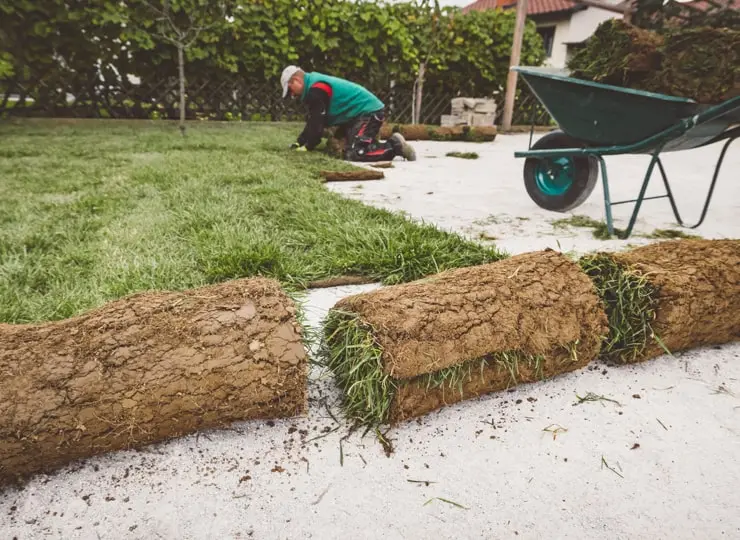
Drought Stress
Dry weather can take a toll on any lawn. When temperatures rise and rainfall becomes scarce, your grass may struggle to survive without extra help. That’s where aerating comes in. Aerating helps with drought stress by increasing water retention, which can give your lawn the extra help it needs during those hot summer months that we know are coming, especially in Georgia. An aerator service also reduces compaction in the soil and creates tiny air pockets where moisture can be retained longer between rains or irrigation cycles. These pockets of air also keep your soil cooler during heat waves, helping to reduce stress on the grass.
Serious Commitments, Sincere Stewardship
Methods of Aeration
Planning the Perfect Plot
To be sure, aeration is an important part of any lawn care maintenance plan, but if parts of your lawn also look patchy or sparse, aerating in tandem with overseeding may be your best bet. Overseeding is particularly important for lawns that have suffered from drought, disease, or heavy traffic. When used together, aeration and overseeding can be even more effective at promoting healthy grass growth.
Aeration helps to create a better environment for grass seed germination by allowing air, water, and nutrients to reach the roots more easily. The small holes created by aeration also provide a place for the grass seed to take root, leading to stronger, healthier grass.
Overseeding, in turn, helps to fill in thin or patchy areas created by aeration, making the lawn look fuller and more uniform. We typically aerate and overseed lawns in the spring or fall, though some parts of our coverage areas may be more time flexible due to climate and soil conditions.
How to Get Growing
